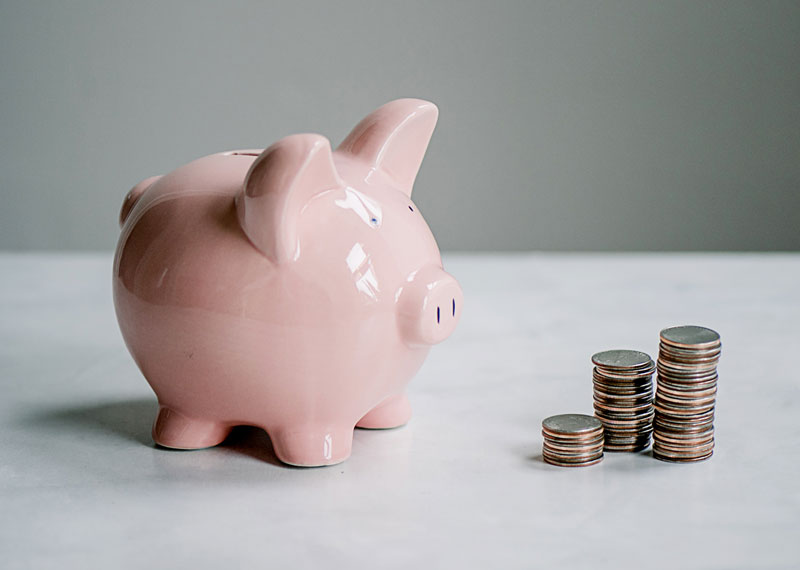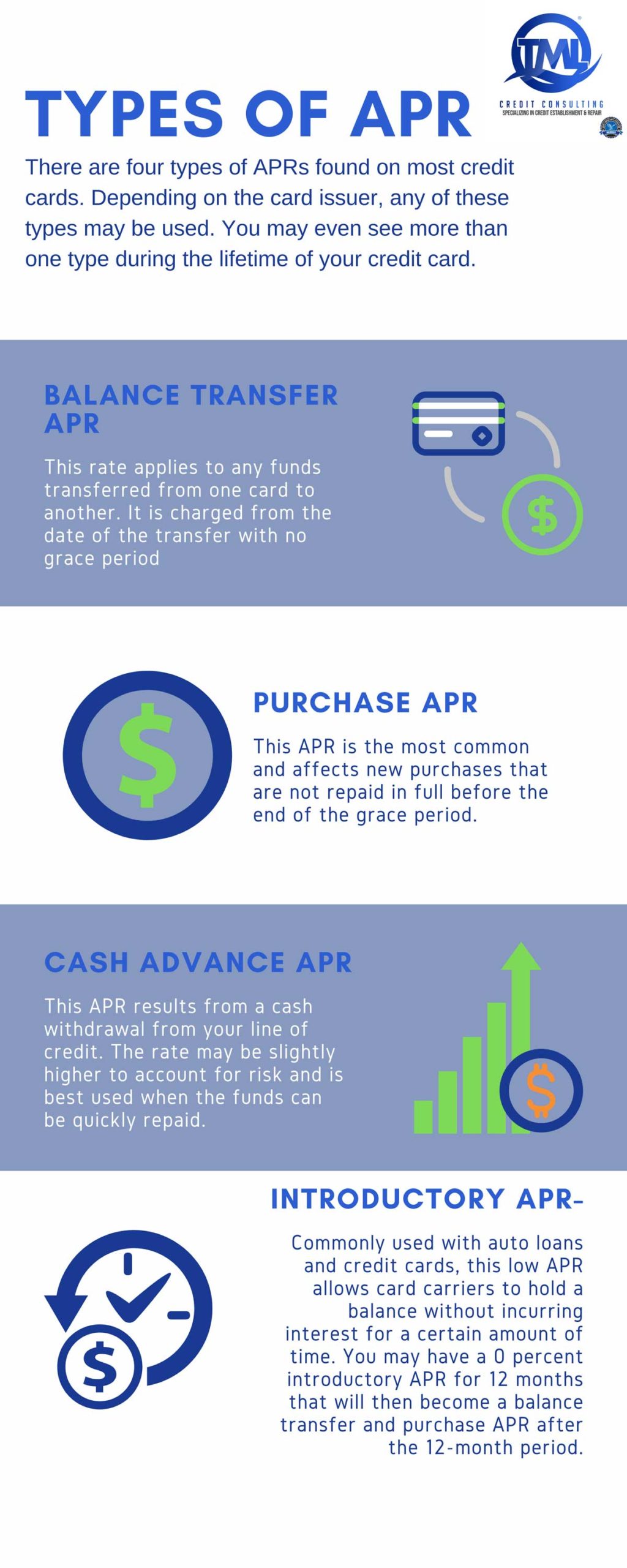What is APR?
Percentage Rate: Explained.
If you’re anything like me, you’ve seen this term numerous times but never took the time to learn more in-depth about what it meant, probably until it was too late.
Knowing the meaning of APR, how it’s calculated, and applying it will be very beneficial to your life in numerous ways.
From mortgages, auto loans to credit cards, you will run across this term a lot in your lifetime.
Follow along, and we’ll help you get familiar with what APR is all about.
APR is the annual percentage rate of a loan. In other words, it’s the yearly cost of an interest rate or what the lender charges you to borrow money on an annual basis. This percentage is averaged over the full term of a loan and represents your interest rate.
Understanding APR helps you make better choices regarding borrowing money, using credit cards, and improving your credit score.
Generally, credit card companies offer a grace period for new purchases. If you only make purchases and pay off your ending balance each month by the due date, you pay just the amount you owe with no interest. However, if you opt to carry a balance on your card, you pay the agreed-upon interest on your outstanding balance.
How does APR work?
APR works by first having lenders assess how risky it is to loan you money. Then, they quote you an APR based on your level of risk. These lenders perceive low-risk borrowers as those with good credit history and low debt. A financially qualified person may be rewarded with a lower APR over an individual with a poor credit history or significant debt.
In general, lenders determine your APR based on several factors, including:
The type of loan you apply for.
Your current debt.
Your credit history and current score.
Consider this example: $1,000 is borrowed on a credit card. If the credit card has an APR of 11 percent, at the end of one year, $110 will have been accumulated, raising the total cost of the loan to $1,110.
Depending on the situation, the way APR affects your total loan may vary. For example, if you pay your credit card balance in full each month, you may avoid interest altogether, and APR will not affect how much the credit card lender charges you to use their money.
On the other hand, leaving a balance on your credit card for an extended period may rack up interest, and as a result, APR will have more of an effect on how much you owe.
How to calculate APR
To calculate APR, you can follow these 5 simple steps:
- Add total interest paid over the duration of the loan to any additional fees.
- Divide by the amount of the loan.
- Divide by the total number of days in the loan term.
- Multiply by 365 to find the annual rate.
- Multiply by 100 to convert the annual rate into a percentage.
This formula does not account for compounding interest rates and shows the loan’s total cost for only one year. APR can be calculated by hand, using spreadsheet software or an online calculator. Note that numbers may vary based on how you calculate APR.
When determining APR, keep these things in mind:
- Interest rate
- Loan amount
- Duration of loan
- Additional fees
Understanding APR helps you make better choices regarding borrowing money, using credit cards, and improving your credit score.
– Tara Lewis
It’s Time to Give Yourself Some Credit

Phone
850-449-7868
tmlcredit8@gmail.com


